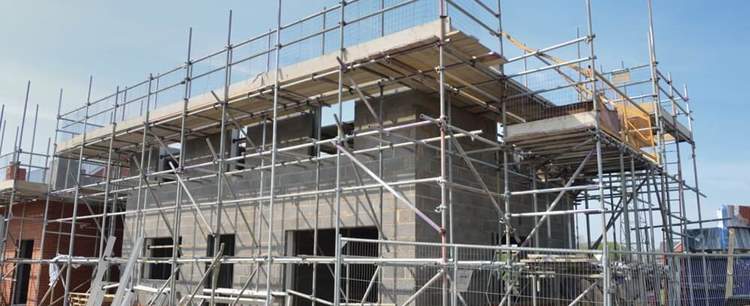When you are arranging your property insurance you might often hear talk about the perils of underinsurance. You’ll be warned that it’s something to avoid at all costs. But what exactly does the term mean? Is underinsurance simply a marketing ploy to get you to spend more on the premiums for greater cover or is there more to it than that?
As we’ll see, an awareness of the risks of underinsurance helps to make sure you have the appropriate – and most cost-effective – cover for the property you own. It’s not just a question of having all the elements of protection in place. It’s also making sure of the appropriate sums insured.
What is underinsurance?
The natural place to turn is the Association of British Insurers (ABI) which explains that underinsurance occurs when the amount of insurance cover (the sum insured) is “less than the value at risk”:
- the amount of insurance cover – or the sum insured – is the total sum the insurer is obliged to pay in the event of a claim; and
- the “value at risk”, in this case, is the value of the property you are insuring.
To avoid underinsurance with your buildings insurance, you must anticipate the worst-case scenario in which the entire structure and fabric of your property is destroyed and must be rebuilt.
The total building sum insured – the maximum amount the insurer will pay out in settlement of any claim – must, therefore, cover the cost of clearing the remains of the building, designing its replacement, and paying for its reconstruction (together with all the professional fees likely to be involved).
If the total building sum insured falls short of those costs, you are underinsured.
If you make a claim, your inadequate level of building insurance means that the settlement will not provide sufficient funds for rebuilding, and you must make up the – potentially significant – shortfall from your own pocket.
How do I know if I am underinsured on my buildings insurance?
Probably the most common reason for underinsurance is that you have not reviewed or updated your building insurance for several years.
As we saw, the total building sum insured must be sufficient to cover its full reconstruction cost in the event of a total loss. You might have insured only at a level reflecting its current market value, for instance, and not the actual cost of reconstruction together with the professional fees of architects, surveyors, solicitors, and the like.
On the other hand, you might have carried out major building works to extend or refurbish the building. Naturally, this changes the value of the property – “the value at risk” – and that change must be reflected in the current total building sum insured.
Ways check whether you are underinsured
It is clear that avoiding underinsurance of your building insurance you must keep the estimated cost of its reconstruction fully up to date. This is not a question of monitoring any change in its market value but in the actual rebuilding costs likely to be incurred.
If you own a standard, brick-built home, for instance, the ABI publishes an easy to use online residential rebuilding cost calculator.
If your home is a non-standard construction – it is made from non-standard materials, has special architectural features, is a listed building, or commercial property, for instance – you might need the help of a chartered surveyor for a professional assessment. In that case, reference is likely to be made to one of the several cost-modelling solutions offered by subscription to the Royal Institute of Chartered Surveyors (RICS).
Going forward
In the light of the discussion so far, and the risks you face in leaving any property with such inadequate building insurance that it is underinsured, you might want to review the full rebuild cost of your home – or, indeed, any commercial property you own – every time you renew the insurance.
If you renovate your home or build an extension to the property, of course, the current cost of reconstruction will also need to be recalculated – and you might want to consult your insurance provider about any steps to be taken to maintain adequate buildings cover.
In the meantime, you can get a rough idea of the rebuild cost of your home by using the Building Cost Information Service’s house rebuilding cost calculator or contact a chartered surveyor through the Royal Institution of Chartered Surveyors.
Further questions?
If you have any further doubts or queries on the subject of building underinsurance, please don’t hesitate to contact us on 01325 346 328 and we’ll be happy to help.







